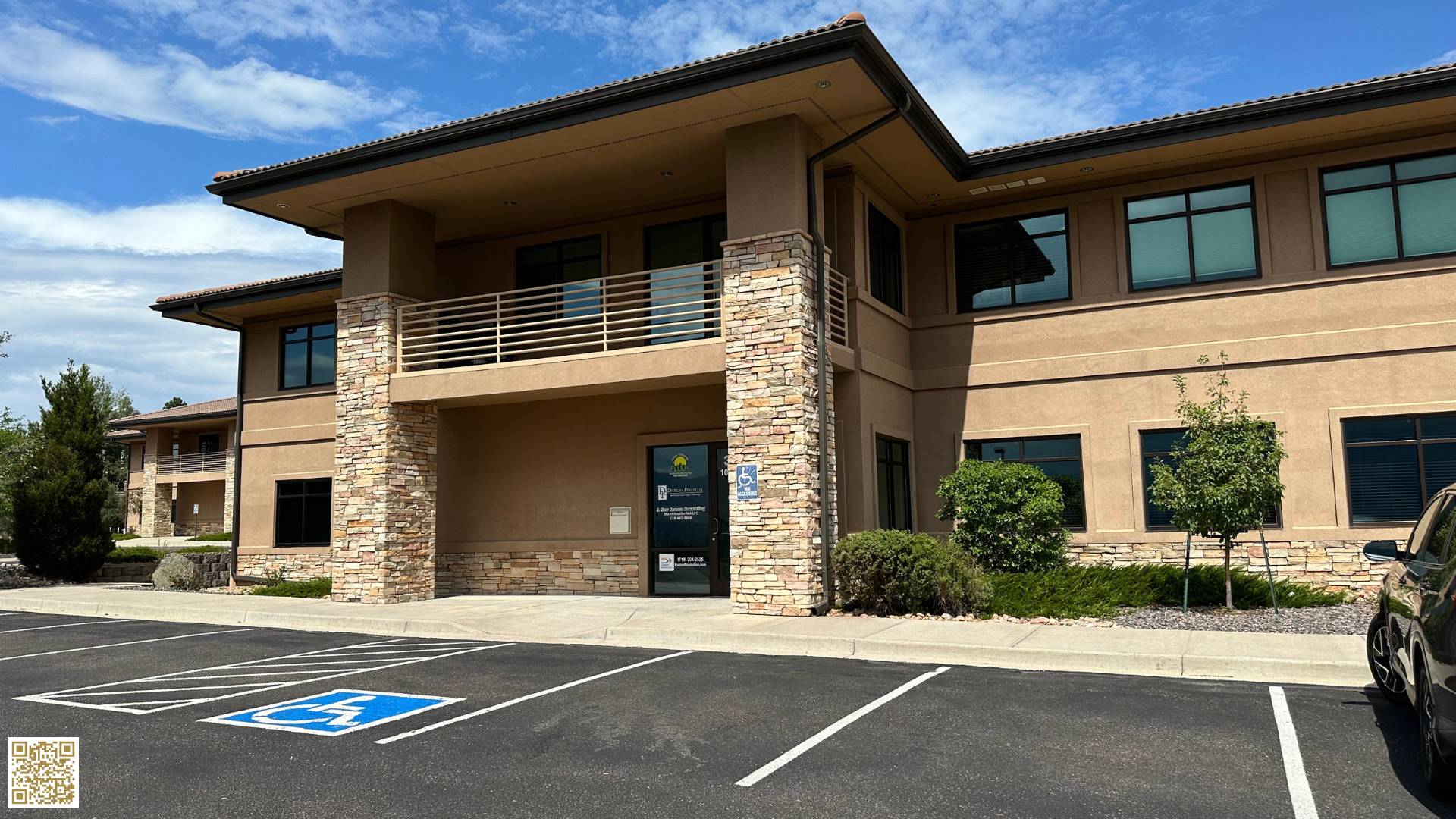To write captivating blog posts, start by knowing your audience using detailed personas and analytics. Craft strong, enticing headlines that boost click-through rates, and use engaging openings with questions or anecdotes. Embrace storytelling with relatable characters and real-life scenarios, and maintain suspense with foreshadowing and pacing. Keep paragraphs short for readability, optimize your content for SEO, and incorporate vivid visuals. Use a conversational tone to speak directly to your readers, and always end with a compelling call-to-action. By following these tips, you'll create posts that not only captivate but also convert, ensuring continuous engagement and growth.
Know Your Audience
Understanding your audience is crucial for creating blog posts that captivate and engage readers. You want your content to resonate deeply, and the first step is identifying your target demographics. Who are they? What're their interests, challenges, and needs?
Start by crafting detailed reader personas. These are fictional characters that represent your ideal readers, built from real data and insights.
By knowing your audience's age, location, profession, and even hobbies, you can tailor your content to speak directly to them. This makes your readers feel understood and valued, fostering a sense of belonging. When readers see themselves in your content, they're more likely to engage, share, and return for more.
Dive into analytics tools like Google Analytics to gather data on your current audience. Look at metrics such as age, gender, geographic location, and behavior patterns. Social media insights can also offer valuable information about your followers' preferences.
Use this data to refine your reader personas continually.
Craft a Strong Headline
Your headline is the first thing readers see, so make it count by grabbing attention immediately.
Use powerful, emotionally charged words to create intrigue, and keep it clear and concise for maximum impact.
Research shows that compelling headlines can boost your click-through rate by up to 80%.
Grab Attention Immediately
Crafting a strong headline is the key to grabbing your readers' attention and compelling them to dive into your blog post. To achieve this, you need to employ effective attention techniques, such as using visual hooks and emotional triggers. A headline that sparks curiosity gaps or presents a unique angle will capture interest immediately. For instance, '10 Surprising Ways to Boost Your Productivity Today' leverages curiosity and promises immediate value.
Incorporating compelling statistics can also make your headline stand out. Data-driven phrases like 'Boost Your Engagement by 75% with These Tips' convey authority and provide a clear benefit. Sensory language further enhances the headline's appeal. Words like 'stunning,' 'breathtaking,' or 'unbelievable' evoke a vivid image, making your content seem more engaging and relatable.
Use Powerful Words
To create headlines that truly captivate, leverage powerful words that evoke strong emotions and clear benefits. Start by using powerful adjectives like “astonishing,” “unforgettable,” or “essential” to instantly grab attention. These words not only intrigue readers but also promise a significant emotional impact, making them eager to click and read more.
Focus on your audience's desires and fears. Words like “exclusive,” “proven,” and “life-changing” can make readers feel they're part of an elite group, fulfilling their need for belonging. By tapping into their emotions and showcasing clear benefits, you create an irresistible urge to explore further. For instance, a headline like “Unlock Astonishing Secrets to Boost Your Productivity” promises valuable insights and an emotional reward.
Data-driven strategies can further enhance your headlines. Analyze which keywords perform best in your niche, and incorporate them seamlessly. This not only improves your SEO but also ensures your content reaches the right audience. Use tools like Google Analytics to identify trending terms and phrases that resonate with your readers.
Keep It Clear
Creating a strong headline starts with clarity, ensuring readers immediately understand the value they'll gain from your post. To achieve this, use clarity techniques that focus on concise language. A headline's purpose is to grab attention and convey the essence of your content. By being clear and to the point, you make it easy for readers to decide whether your post addresses their needs and interests.
Think of your headline as a promise. If you overcomplicate it or use vague terms, you'll lose potential readers who are looking for specific information. Use concise language that highlights the main benefit or insight your post offers. For example, instead of saying 'Ways to Improve Your Blog,' try '10 Proven Techniques to Boost Blog Engagement.'
Data shows that headlines with clear and specific wording perform better in search engine rankings, making your content more discoverable. Additionally, a well-crafted headline fosters a sense of belonging among your audience, reassuring them they're in the right place for valuable insights.
Write an Engaging Opening
An engaging opening hooks your readers instantly, making them eager to dive into the rest of your blog post.
Begin with engaging questions that spark curiosity and invite readers to think deeply. For example, 'Ever wondered why some blog posts go viral while others fade into oblivion?' This kind of question draws readers in, making them feel part of a community that seeks answers and insight.
Incorporate intriguing anecdotes to connect emotionally with your audience. Share a brief, relevant story that resonates with their experiences or aspirations. For instance, 'I once wrote a blog post that received over 10,000 shares in a week. Here's how it all started…' Such anecdotes create a sense of belonging and relatability, encouraging readers to continue.
Data shows that blog posts with compelling openings have higher engagement rates. Use power words and keep your sentences concise to maximize impact.
Use Storytelling Techniques
To make your blog posts truly captivating, use storytelling techniques by developing relatable characters, building suspense gradually, and incorporating real-life scenarios.
Readers connect more deeply when they see themselves in your stories and are kept on the edge of their seats.
These methods not only boost engagement but also improve your SEO by increasing time spent on your page.
Develop Relatable Characters
Engage your readers by crafting relatable characters who reflect their own experiences and emotions through effective storytelling techniques. Start by giving your characters detailed backgrounds.
Readers connect with characters who've relatable flaws and emotional arcs. These flaws make them human, while their growth journeys inspire readers, fostering a sense of belonging and shared experience.
Develop character dynamics that mirror real-life relationships, showcasing both conflict resolution and the joy of camaraderie. When your characters navigate challenges, it should feel authentic, reflecting the true nature of human interactions.
Diverse representations in your characters ensure that all readers see themselves in your story, creating a more inclusive narrative.
Use authentic voices to make your characters come alive. Pay close attention to how they speak, think, and interact. This adds depth and makes them memorable.
Remember, a well-developed character isn't perfect; they evolve, learn, and sometimes fail. These elements contribute to their relatability, making your audience root for them.
Incorporating these techniques will lead to a more engaging and emotionally resonant blog post. Your readers will appreciate the depth and authenticity, encouraging them to keep coming back for more.
Build Suspense Gradually
Start by weaving in subtle hints and foreshadowing to build suspense gradually, keeping your readers hooked and eager to uncover what happens next.
By using effective suspense techniques, you can create an engaging narrative that keeps your audience on the edge of their seats.
Here are four strategies to help you master tension building:
- Drop Hints Sparingly: Introduce small clues that hint at future events. This keeps readers guessing and invested in the storyline.
- Create Cliffhangers: End chapters or sections with unresolved issues or questions. This encourages readers to continue reading to find out what happens next.
- Pace Your Revelations: Don't reveal everything at once. Gradually unveil details to maintain interest and build anticipation.
- Use Descriptive Language: Paint vivid scenes that evoke emotions. The more immersed readers are in the story's atmosphere, the more impactful the suspense will be.
Incorporate Real-life Scenarios
By weaving real-life scenarios into your blog posts, you can amplify the suspense and make your narrative more relatable and compelling for your readers. When you use real-world examples, your audience instantly feels a connection—they see themselves in the story. This technique not only strengthens your argument but also humanizes your content, building a sense of community among your readers.
Imagine sharing personal anecdotes that mirror common experiences. These snippets of real life are potent tools; they create an emotional bond that makes readers more likely to engage, share, and return to your blog. For instance, if you're writing about overcoming challenges, narrate a time when you faced a significant obstacle. Discuss how you navigated it, the lessons learned, and the eventual triumph. This approach not only adds depth but also offers valuable insights.
Incorporating real-world examples and personal anecdotes ensures your blog stands out in a sea of generic content. These stories make your writing SEO-optimized, as search engines favor unique, relatable content.
Keep Paragraphs Short
Short paragraphs enhance readability and keep your audience engaged throughout your blog post. When your readers encounter long, dense blocks of text, they often feel overwhelmed and may click away. By breaking up content into shorter sections, you improve paragraph pacing and make it easier for your audience to digest information quickly.
This readability improvement can significantly boost your blog's performance, keeping readers on your page longer and encouraging them to explore more of your content.
To optimize your blog post, consider the following tips for maintaining short paragraphs:
- Limit Sentences: Aim for 2-4 sentences per paragraph. This keeps information concise and to the point.
- One Idea Per Paragraph: Stick to one main idea per paragraph to avoid overwhelming your readers with too much information at once.
- Use Transitional Phrases: Help your audience follow along by using phrases like 'next,' 'additionally,' and 'however.'
- Incorporate Lists: When you have multiple points, use bullet points or numbered lists to break up the text visually.
Incorporate Visuals
To make your blog posts more engaging, use eye-catching images that capture attention and break up text.
Adding infographics strategically can help explain complex data and keep readers interested.
Visuals not only enhance your content but also improve SEO by increasing user interaction.
Use Eye-catching Images
Eye-catching images capture your audience's attention and significantly boost engagement in your blog posts. The right image selection ensures your visuals complement your text, creating a seamless reading experience. When you achieve visual balance, your readers are more likely to stay engaged and share your content.
To maximize the impact of your visuals, follow these four strategies:
- Choose Relevant Images: Ensure every image you use directly relates to your content. This relevance makes your posts more informative and engaging.
- Maintain High Quality: High-resolution images look professional and appealing. Low-quality images can drive readers away and reduce your credibility.
- Optimize for SEO: Use appropriate alt text and file names that include your keywords. This improves your blog's visibility on search engines.
- Balance Text and Images: Avoid clutter by balancing your text with visuals. This creates a visually appealing layout that enhances readability.
Add Infographics Strategically
Infographics can transform complex data into easily digestible visuals, making your blog posts more engaging and shareable. By incorporating infographic design into your posts, you'll not only enhance reader understanding but also increase the likelihood of content being shared. People love visuals that help them grasp information quickly, and well-placed data visualization can make your blog a go-to resource.
To strategically add infographics, first identify key data points or statistics that would benefit from visual representation. Use vibrant colors and clear labels to make your infographics stand out. Remember, a cluttered design can be just as confusing as raw data. Clean, simple designs tend to be more effective.
When creating infographics, tools like Canva and Piktochart can make the process straightforward. These platforms offer templates and customization options that cater to different styles and themes. Don't forget to optimize your infographics for SEO by including alt text and relevant keywords.
Optimize for SEO
Mastering SEO techniques can significantly boost your blog's visibility and drive more organic traffic. To ensure your blog stands out, focus on these crucial aspects:
- Keyword Research: Begin with comprehensive keyword research to understand what your audience is searching for. Use tools like Google Keyword Planner or SEMrush to identify high-volume, low-competition keywords that align with your content.
- On-Page SEO: Optimize your meta tags, headings, and content structure. Ensure each blog post has a compelling meta description and title tag. Use your primary keyword in the first paragraph and throughout your content naturally.
- User Experience: Enhance user experience by ensuring your blog is mobile-friendly and loads quickly. A mobile-optimized site improves your ranking on search engines, as more users are accessing content via smartphones. Test your page speed using tools like Google PageSpeed Insights.
- Backlink Strategies: Build strong backlink strategies by creating high-quality, shareable content. Encourage social sharing to increase your blog's reach and authority. Guest blogging and collaborating with influencers in your niche can also help you earn valuable backlinks.
Provide Valuable Insights
While optimizing for SEO is vital, providing valuable insights in your blog posts will keep your audience engaged and coming back for more. Start by crafting a robust content strategy. Use research methods to delve deep into topics that resonate with your niche focus. Choose topics with high relevance and emotional appeal to foster a sense of belonging among your readers.
Refine your writing style to align with your audience's preferences. Incorporate feedback from your readers to continually improve your content. Blogging tools can aid in organizing your ideas and enhancing your writing process.
Effective editing practices are crucial. Proofread multiple times to ensure clarity and conciseness. Remove any fluff to maintain precision. Remember, a well-edited post boosts audience engagement.
Regularly update your blog with fresh insights. Use data-driven approaches to identify what your readers find valuable. Address their pain points and offer solutions. This not only adds value but also strengthens your connection with them.
Lastly, always monitor your posts' performance. Adjust your content strategy based on analytics. By consistently providing valuable insights, you'll build a loyal readership that appreciates and trusts your expertise.
Use a Conversational Tone
Engaging your readers becomes much easier when you use a conversational tone that makes them feel like they're part of a friendly dialogue. A conversational tone, enriched with tone variation and informal language, fosters a sense of belonging and connection with your audience. It's like having a chat with a friend rather than reading a formal essay.
To achieve this, you should:
- Use Personal Pronouns: Words like 'you' and 'we' make your readers feel directly addressed and included.
- Incorporate Questions: Asking questions encourages readers to think and engage, making the content more interactive.
- Embrace Informal Language: Using contractions and casual phrases makes your writing more approachable and relatable.
- Vary Your Tone: Shift between excitement, curiosity, and empathy to keep the reader engaged and emotionally connected.
End With a Call-To-Action
A compelling call-to-action (CTA) at the end of your blog post can significantly boost reader engagement and conversions. When readers finish your post, they should know exactly what to do next. Whether it's subscribing to your newsletter, leaving a comment, or sharing the post on social media, a clear CTA provides direction and fosters a sense of community.
To craft an effective CTA, use engagement strategies that resonate with your audience. For instance, incorporate phrases like 'Join our community' or 'Share your thoughts' to invite reader feedback. This not only boosts interaction but also makes your readers feel valued and connected. Data shows that personalized CTAs convert 202% better than generic ones, so tailor your message to your specific audience.
SEO optimization is also crucial. Use relevant keywords naturally within your CTA to improve search engine rankings. For example, if your post is about digital marketing, a CTA like 'Download our free digital marketing toolkit' can enhance both engagement and SEO performance.
Conclusion
By understanding your audience, crafting compelling headlines, and weaving in storytelling, you can create captivating blog posts.
Keep paragraphs short and optimize for SEO to make your content accessible.
Deliver valuable insights in a conversational tone to keep readers engaged.
Always wrap up with a clear call-to-action.
These tips will help you write blog posts that not only attract but also retain readers.
Start implementing them today and see your audience grow!














